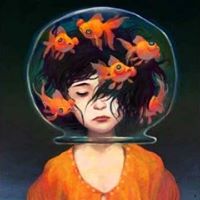-
Topics
-
Latest Update
-
1
-
0
Wts: Frags
Have the following to sell. Collection at loyang area or delivery can be arranged. Whatsapp 9071 8848 to deal. Thank you. -
0
2hd yellow dragon soul torch
Selling 2hd yellow dragon soul for $70.. Deal at punggol Sent from my SM-N980F using Tapatalk -
1
WTS Torch Coral frags
Hi all, A, B, D & E sold. C & F reserved for collection this weekend. G available - price reduced to $35. WA 96nineone03oneeight if interested thx. -
1
-






Recommended Posts
Join the conversation
You can post now and register later. If you have an account, sign in now to post with your account.